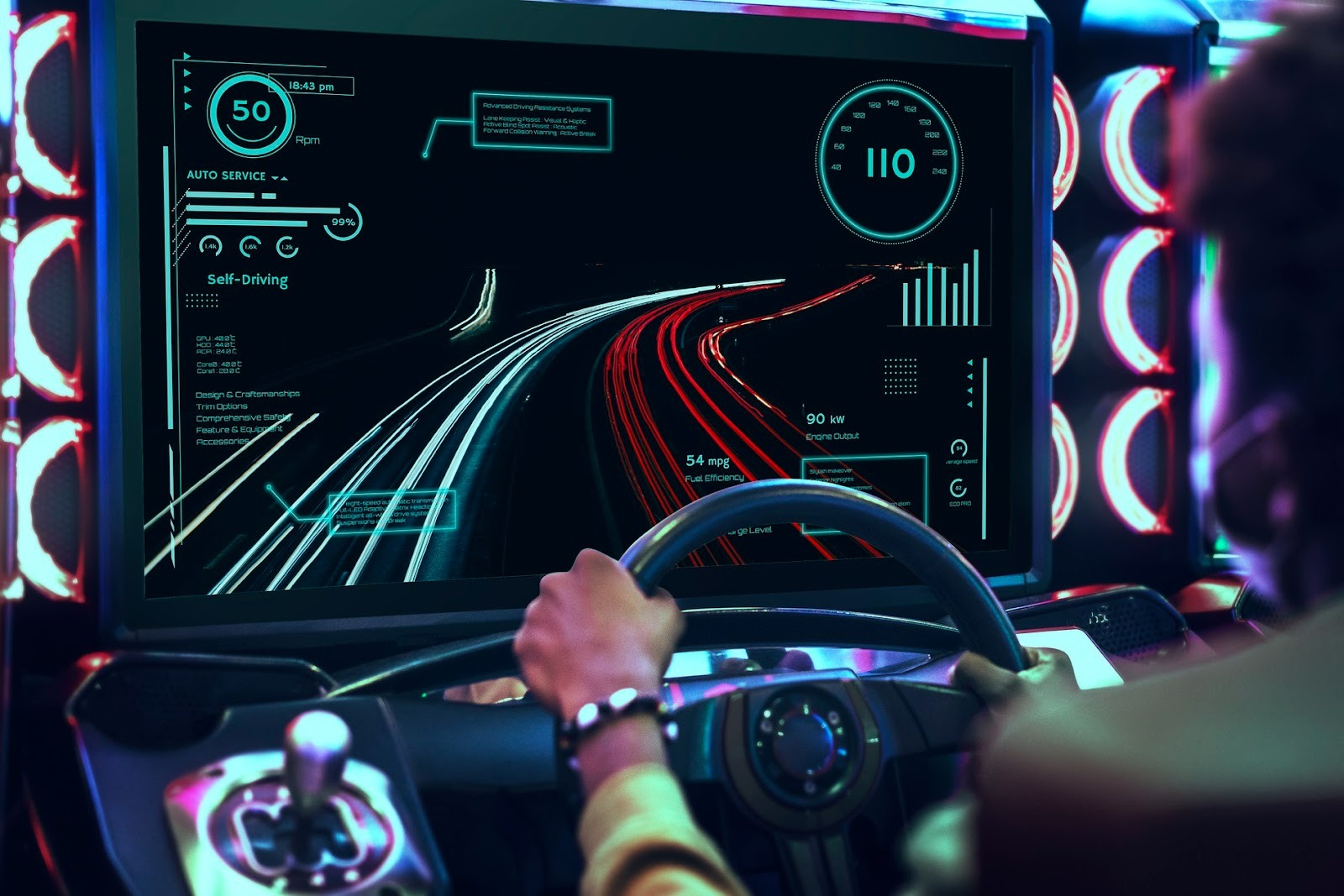For decades, car interiors were designed around one core idea: functionality. A steering wheel, pedals, gear shifter, and seats were enough. But today, the automotive cabin has evolved into something much more dynamic. It’s not just a space to sit and drive; it’s an intelligent environment where technology, comfort, and personalization converge.
From Cockpit to Smart Space
The shift toward intelligent cabins is being driven by customer expectations and technological progress. Cars are now judged as much by their in-cabin experience as by their engine power. Touchscreen interfaces, voice recognition, and ambient lighting have become standard, while advanced biometric systems and personalized comfort settings are raising the bar further.
A vehicle’s interior is no longer static. Through software updates, automakers can now enhance user experience even after purchase. This flexibility is shaping how consumers value vehicles, turning cabins into evolving smart spaces.
Key Innovations in Automotive Interiors
- Advanced Infotainment Systems: Next-gen dashboards integrate with smartphones, cloud services, and voice assistants, turning vehicles into connected entertainment hubs.
- Biometric Security: Cars are experimenting with fingerprint recognition, facial ID, and even heartbeat sensors for driver authentication.
- Personalized Comfort: AI-driven climate control, adaptive seating, and mood-based lighting adjust automatically to driver preferences.
- Haptic Feedback and Gesture Control: Touch-free interfaces make interacting with vehicle systems safer and more intuitive.
These advancements blur the lines between automotive engineering, computer science, and design, making the intelligent cabin one of the most interdisciplinary areas in the industry.
Why Do Skills Need to Evolve?
Building such cabins requires more than mechanical know-how. Engineers and technicians need a strong foundation in electronics, AI, human-machine interaction, and ergonomics. It’s not just about designing a dashboard it’s about designing experiences that adapt to people.
For learners in India, this creates opportunities in careers that sit at the intersection of engineering and technology. Training institutes like iACE recognize this demand and integrate elements of software, embedded systems, and user-centric design into their auto tech programs.
The Career Impact of Intelligent Cabin Technology
The rise of cabin innovation is giving birth to new job profiles:
- UX Engineers who bridge coding and industrial design.
- Automotive Electronics Technicians skilled in integrating sensors and infotainment systems.
- Interior Systems Specialists who combine material science with embedded electronics.
- Human-Machine Interaction Analysts focused on safety and usability.
Graduates trained through automotive training centre programs at iACE can position themselves for these emerging roles. The training goes beyond mechanical repair to equip students with digital and interdisciplinary skills.
How iACE Prepares Students for the Future?
At iACE, automotive training programs are designed with a forward-looking perspective. By exposing learners to cutting-edge technologies like gesture recognition systems, embedded infotainment units, and sensor integration, they prepare for the real challenges the industry faces. Students don’t just learn what’s inside a car, they learn why it’s designed that way, and how to improve it.
Hands-on training simulates real-life cabin scenarios: diagnosing faulty infotainment systems, integrating biometric modules, and testing AI-driven personalization. This practical exposure makes iACE graduates stand out as industry-ready professionals.
Intelligent Cabins as a Global Trend
The push toward intelligent interiors isn’t unique to premium carmakers. Even mid-range vehicles are integrating smarter systems to attract tech-savvy buyers. Markets like Europe, Japan, and the U.S. are already seeing widespread adoption, and India is catching up quickly.
For upskilled professionals, this means their expertise is relevant globally. Someone trained at an automotive training institute like iACE is not just employable locally but also competitive in international markets where cabin technology is advancing even faster.
Looking Ahead
The cabin is no longer just the space where drivers sit, it is becoming the centerpiece of vehicle innovation. From biometric locks to mood-based lighting, from AI-driven comfort systems to continuously evolving infotainment, the future of driving will be defined as much by what happens inside the car as by how it drives.
As this shift accelerates, those with the right blend of mechanical and digital expertise will shape the in-car experiences of tomorrow. And that’s where iACE steps in training professionals to meet the interdisciplinary demands of intelligent cabin technology.


